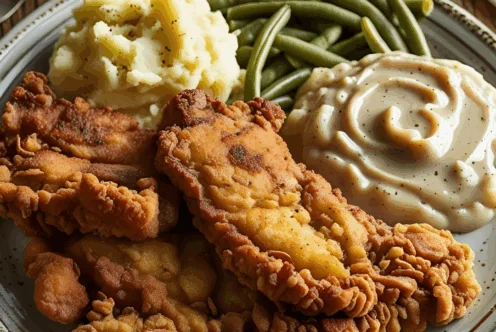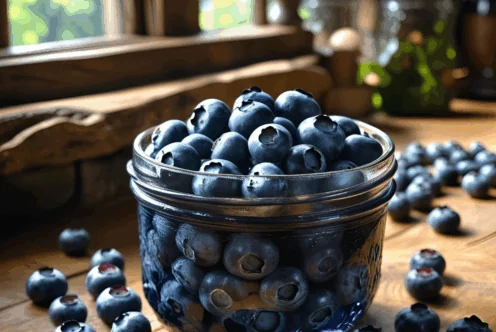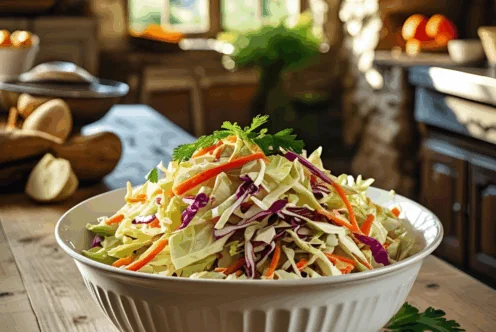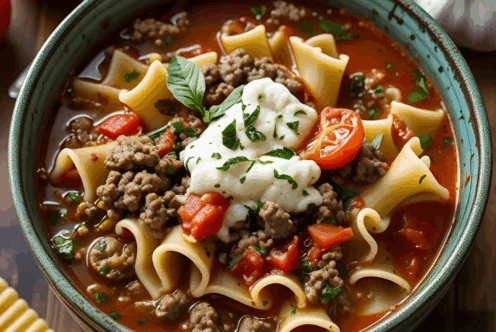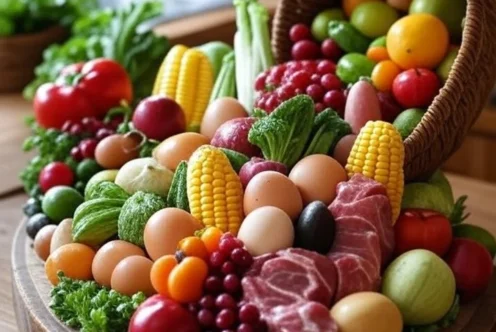Blog
Time Your Bananas Right!
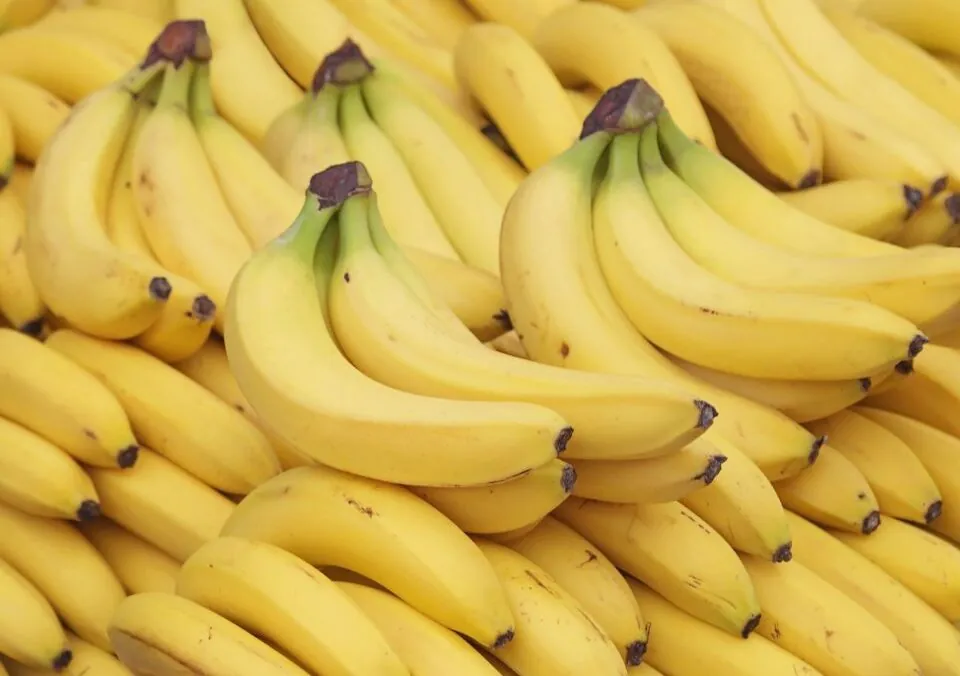
Bananas are one of the most popular fruits in the world, celebrated for their natural sweetness, portability, and nutrition. However, many people often overlook one critical aspect of bananas: timing. From harvesting to ripening, the timing of bananas can dramatically affect their taste, texture, and nutritional value. This guide will explore how to select, store, and consume bananas at their optimal ripeness, ensuring they deliver the best flavor and health benefits.
Understanding the Life Cycle of Bananas
To appreciate the importance of timing in the life cycle of bananas, it’s essential to understand how they grow and ripen. Bananas develop from flowers on the banana plant and are harvested while they are still green. Green bananas contain high levels of starch, which gradually converts to sugar as they ripen. Here’s a closer look at each stage of the banana’s life cycle:
- Harvesting: Bananas are usually harvested while they are still green to minimize spoilage and damage during transport. This means that when you buy bananas at the store, they are often in a state that differs from their final, ripe form.
- Ripening: Once harvested, bananas begin the ripening process. This stage can be influenced by temperature and exposure to ethylene gas, a natural plant hormone that promotes ripening. Learn more about ethylene and its effects here.
- Peak Ripeness: The ideal time to eat a banana is when it has just turned from green to yellow with a few brown spots. This stage indicates perfect ripeness, where the starches have mostly converted to sugars, providing a sweet flavor and soft texture.
- Over-ripening: If bananas are left past peak ripeness, they will become mushy and develop a stronger flavor. This stage might not be desirable for eating fresh, but overripe bananas can be excellent for baking, smoothies, or other culinary uses.
- Spoilage: Eventually, bananas will spoil, transitioning to a rubbery texture and developing an unpleasant odor. Spoiled bananas should be discarded.
Selecting Bananas at the Store
When shopping for bananas, consider a couple of factors to ensure you choose the right fruit for your needs.
Color Matters
- Green Bananas: If you plan to store bananas for a longer period, green bananas are a good choice, as they ripen over time.
- Yellow Bananas: These bananas are ripe and ready to eat. Look for slight brown spots – these indicate optimal sweetness.
- Brown-spotted Bananas: These are overripe. While not ideal for fresh eating, they can be perfect for baking recipes or making banana bread, pancakes, or smoothies.
Firmness and Shape
Choose bananas that are firm with no bruises or soft spots. Soft spots can indicate spoilage or aging. The shape is also essential; avoid bananas that have a pronounced curvature because they are likely too old.
Origin and Variety
There are several varieties of bananas, with the most common being the Cavendish banana. Some specialty stores might offer other types, such as red bananas or plantains, each with unique flavors and uses. Understanding these differences can enhance your culinary projects.
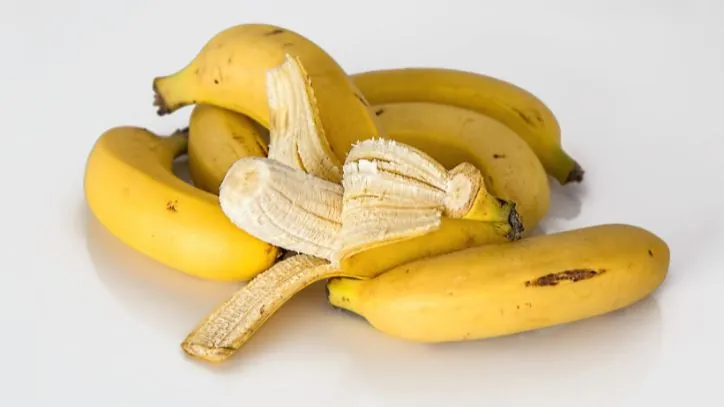
How to Store Bananas Properly
Proper storage of bananas plays a crucial role in maintaining their freshness and flavor. Here are some tips to keep in mind:
Room Temperature vs. Refrigeration
- Room Temperature: Bananas are best stored at room temperature until they ripen. Avoid putting them in direct sunlight as it can cause them to ripen too quickly.
- Refrigeration: Once bananas reach peak ripeness, placing them in the refrigerator can help prolong their lifespan. The skin may darken, but the fruit inside will remain good for several days.
Avoiding Ethylene Buildup
Since bananas produce ethylene gas, it’s advisable to store them separately from other fruits to prevent quicker ripening. If you store bananas in a bunch, they will ripen each other faster. Consider breaking the bunch to slow this process down.
Creative Ways to Use Bananas
Once you understand the timing and ripeness of bananas, you can get creative in the kitchen. Here are some popular ways to use bananas:
Smoothies
Bananas add creaminess and natural sweetness to smoothies. An excellent combination includes bananas, spinach, almond milk, and a scoop of protein powder. Experiment with additional fruits like berries or mango to enhance flavor.
Baking
Overripe bananas are perfect for baking. Banana bread is a classic use, but you can also incorporate bananas into muffins, pancakes, and even cookies. A simple recipe for banana bread requires 3 overripe bananas, flour, baking soda, and a touch of sugar. Here’s a delicious recipe to try.
Snacks and Desserts
Sliced bananas can enhance many snacks, like yogurt or oatmeal. They can also be frozen and blended into a creamy ice cream substitute or blended into smoothies. Try freezing sliced bananas and then blending them for a sweet, healthy treat.
Savory Dishes
Though less common, bananas can work in savory dishes, especially plantains, which are fully starchy and should be cooked before consuming. Recipes can include fried plantains with spices or banana curry.
Nutritional Benefits of Bananas
In addition to being delicious, bananas offer multiple health benefits:
Rich in Nutrients
Bananas are a great source of several important nutrients:
- Potassium: Essential for heart health and normalizing blood pressure.
- Vitamin C: An antioxidant that helps protect cells and boosts immunity.
- Fiber: Aids digestion and promotes gut health.
- Vitamin B6: Vital for brain health and the production of neurotransmitters.
Learn more about banana nutrition here.
Energy Boost
Due to their carbohydrate content, bananas provide a quick energy boost. This makes them a favorite snack among athletes before or after physical activity.
Digestive Health
The fiber content in bananas aids digestion and helps maintain regular bowel movements. They contain pectin, a type of soluble fiber that can help digest food efficiently.
Myths and Facts About Bananas
Bananas are steeped in myths, at times overshadowing their benefits. It’s crucial to separate facts from fiction:
- Myth: Bananas are fattening.
Fact: While bananas do contain carbohydrates, they are low in calories and fat. Eating them as part of a balanced diet will not contribute to excessive weight gain. - Myth: Bananas should only be eaten when fully ripe.
Fact: While peak ripeness provides the best flavors, green bananas also have health benefits, including containing resistant starch, which is good for gut health.
Conclusion: Timing is Everything
Bananas, often taken for granted, can elevate your dietary experience with proper understanding and timing. Whether you are baking, creating smoothies, or enjoying them fresh, selecting the right banana at the right time makes a world of difference. Pay attention to their ripeness, know how to store them, and get creative with your culinary applications. With these insights, you can maximize your enjoyment of this delightful fruit while reaping its numerous health benefits.
For further reading and recipes, you might explore:
- Banana Bread Recipe
- Banana Oatmeal Bars Recipe
- Smoothie Ideas and Recipes
- Nutritional Benefits of Fruits
By understanding and applying this knowledge, you can ensure that your bananas are always perfectly timed for your enjoyment!
By Heide Kennedy, Arizona Farm Bureau Communications Intern













